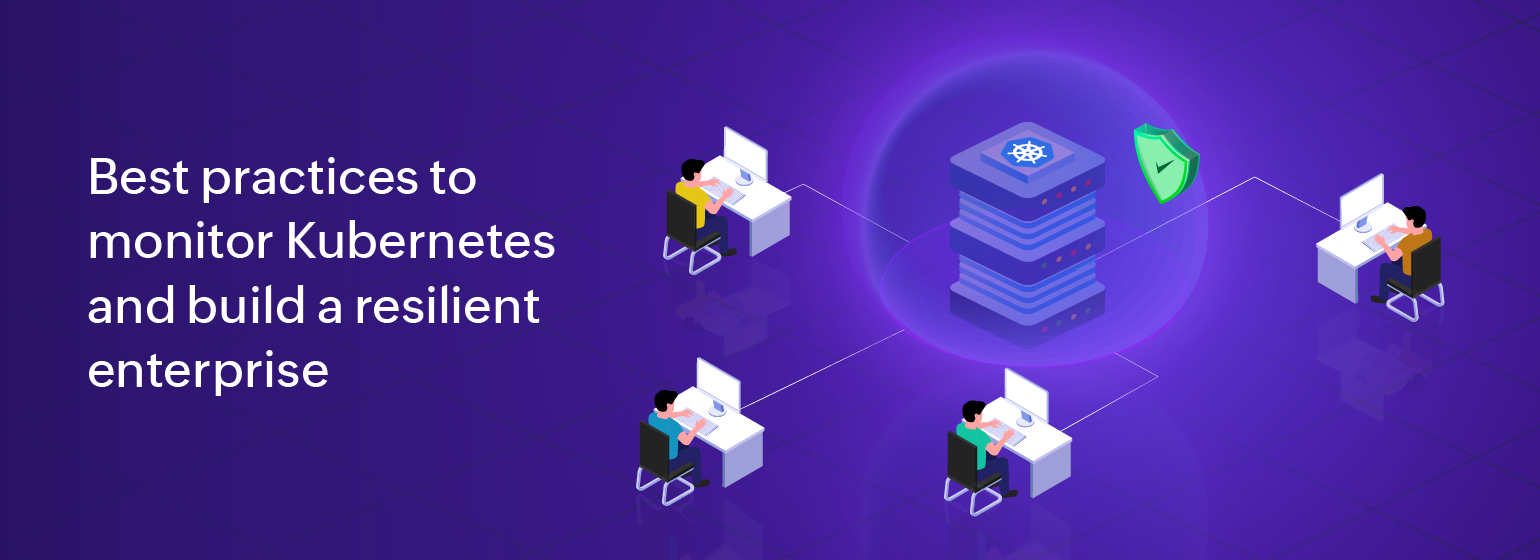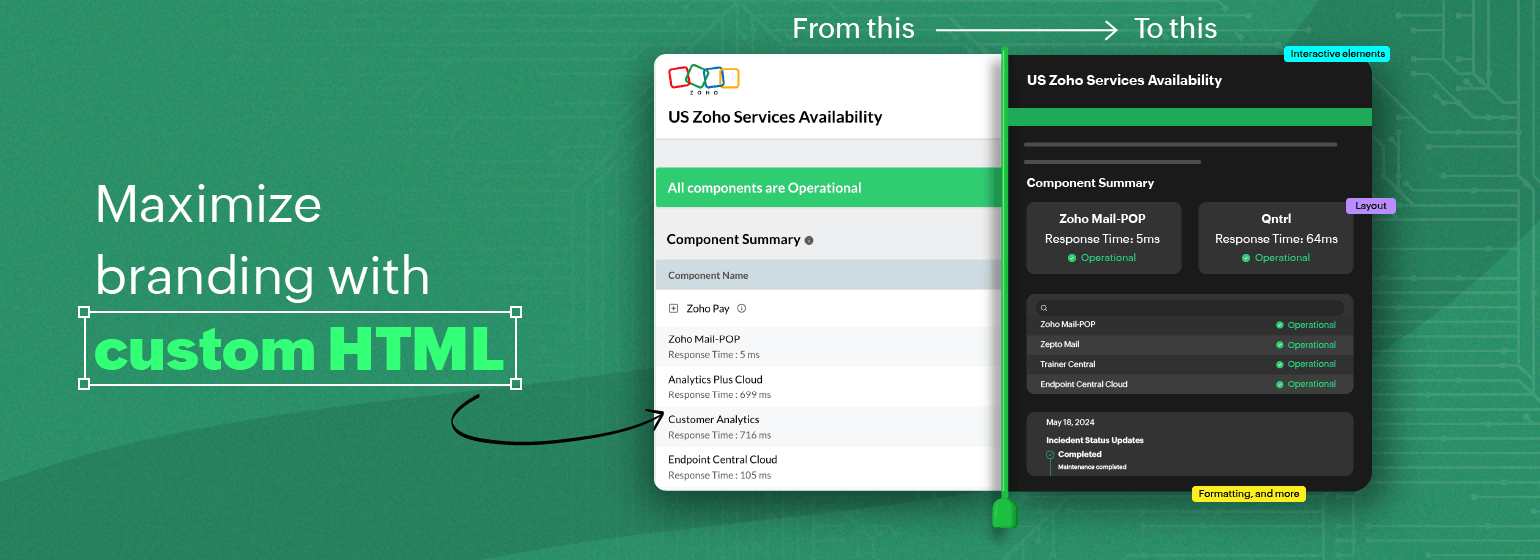Understanding Failover Clusters and their performance issues
In part 1 of this two-part blog about utilizing Failover Clusters in your network to improve performance and availability, we'll uncover how they work, why they are popular for large-scale organizations, and discuss several of the most common issues with them.
In part 2, we'll discover the best troubleshooting strategies to address Failov...
8 Kubernetes application performance monitoring challenges and how to solve them
Kubernetes is a widely-adopted platform that manages the containers that host an application. Instead of handling nodes and containers individually, it groups all workloads as orchestrated layers. This abstraction simplifies the overall complexities involved, making the application easier to manage.
While Kubernetes is efficient in optimizing us...
Google's latest email policy and safer, more secure inboxes
In 2022, a staggering 333 billion emails were sent daily. According to data released by Google, unauthenticated messages received by Gmail users plummeted by 75%. This significant reduction prompted Google to introduce new policies aimed at creating a safer and less cluttered inbox experience.
From February 2024, users are expected...
Website tracking and all you need to know
All you need to know about website tracking
What is website tracking?
Website tracking refers to the practice of monitoring and collecting data on users' activities and behaviors when they visit a website. Various tools and technologies are employed to track and analyze this information. The primary goal of website tracking is to gain insi...
7 ways to find and fix digital user frustration signals
Earning a customer's trust is tough, but losing it is unbelievably easy. That is why when a customer is happy, they stay for longer. A 2019 Accenture consumer survey of over 20,000 users across 19 countries revealed that a significant 47% of users avoid businesses that frustrate them with the user experience. Interestingly, an equal 47% said the...
10 best practices to achieve Kubernetes resilience for enterprises
Resilience has more than one meaning, but the one we typically think of is the capability to withstand a crisis when it strikes and be equipped to face higher challenges. Building and adopting resilient technological solutions is the need of today's modern businesses. An enterprise fortified with resilience is well-equipped to face any unforesee...
Track events in real time: Enhance monitoring with proactive log analysis
Preventing issues through proactive log analysis is more advantageous than reacting to problems with troubleshooting when they occur. Logs can act as a powerful source for proactive monitoring, and configuring the right alerts can ensure that you are notified about critical events in advance.
In this blog post, we'll unveil a few suggestions for...
Navigate memory management challenges in MongoDB with Site24x7
Effective memory management is crucial for optimal MongoDB performance and helps ensure seamless database operations and user experience. Allocating enough memory lets the database store frequently used data and indexes in RAM and cut down on disk I/O operations. This boosts query response times and system responsiveness. Poor memory management ...
Chaos engineering in an Azure environment: Confident enough to try it?
What could go wrong with your Azure environment? Netflix gave the world two beautiful gifts: a media streaming platform for the general public and a wonderful monkey for the tech community. Enough has been said about the media streaming part, so let's play (or work) with the monkey now. When Netflix let the world know about Chaos Monkey, the tec...
Maximize branding with custom HTML in status pages
Imagine checking a status page during a service disruption only to be greeted by a generic and impersonal display, devoid of any brand identity or relevant information. A status page without customization feels detached and fails to provide a good digital user experience. In addition, a status page that doesn't match your brand's lo...









